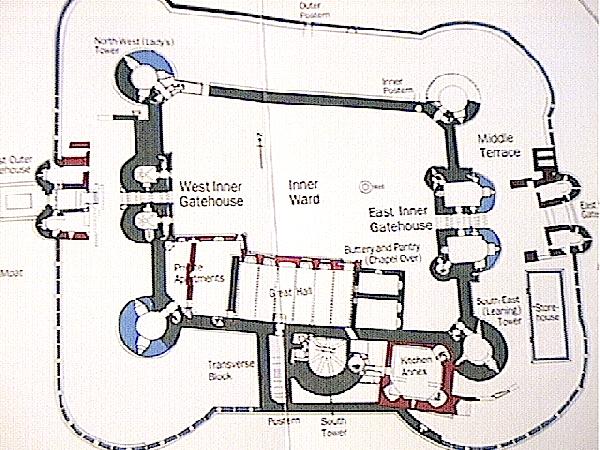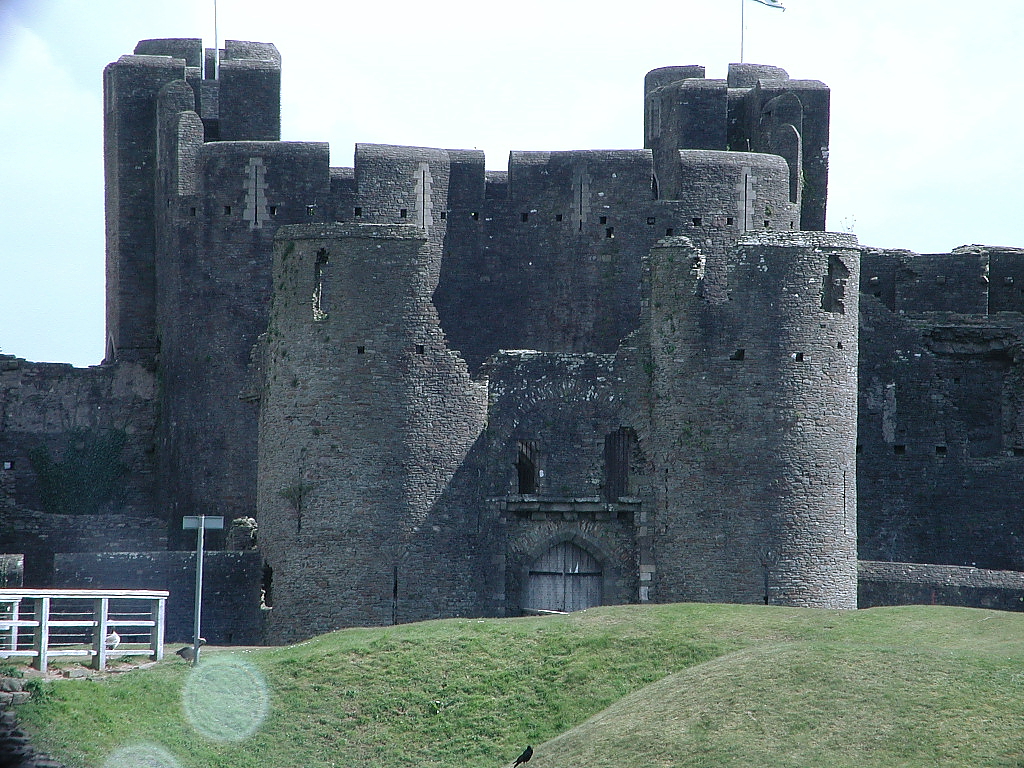 |
| Castle locator map. |
Hi again! We
already discover the north wales so now let’s moving on to Southeast wales. There
are 13 castle located in this area but I’ll discover the most unique castle
only Caerphilly Castle. All of the other castle have their story and unique
characteristic but the best among all is Caerdyphill. As you can see below, there
is all the location of the castle in southeast.
Caerphilly
Castle is one of the great medieval castles of western European one of the
factor that contribute to it is the castle pre-eminence - its immense size
(1.2h), making it the largest in Britain after Windsor, its large-scale use of
water for defense and the fact that it is the first truly concentric castle in
Britain. Of the time of its building in the late 13th century, it was a
revolutionary masterpiece of military planning.
The purpose
of the castle actually to secure the area and prevent lowland south Wales from
falling into the hands of the Welsh leader Llywelyn the Last, who controlled
most of mid and north Wales. De Clare built other castles on the northern
fringes of his territory for the same purpose, such as Castell Coch. He had
seized the upland district of Senghenydd, in which Caerphilly lies, from the
Welsh in 1266 to act as a buffer against Llywelyn's southward ambitions.
Llywelyn realised the threat and tried but failed to prevent the castle from
being built; it was begun on 11 April 1268, was attacked by Llywelyn in 1270,
and was begun again in 1271. This time it was completed without hindrance. In 1322
until 1326 the castle' great hall had been remodeling and after that no more
alterations were carried out, making it a very pure example of late 13th-century
military architecture. Caerphilly is unusual in being a late castle built on a
virgin site. This allowed a unity of conception rare in medieval castles. It is
a double-skinned parallelogram surrounded by large-scale water defenses.
 |
| Floor plan |
The south
and north lakes around the castle formed an almost insuperable barrier to
attackers. The dams themselves are a major achievement of medieval engineering.
The southern, earliest one is a massive earth platform reverted in stone and
strengthened on its lower side by eight great buttresses. To the right of the
entrance to the castle is the northern dam, a narrower platform with a high
outer wall with three great towers which are now unfortunately suffering from
subsidence on the marshy ground. At its end is a strong postern gate and
drawbridge.
The
castle’s active history was an extremely short one. In the Civil War it was
unusable and an earthwork redoubt was built instead to the north-west, the
remains of which are still visible in the trees beyond the north lake. By the
18th century the lakes were dry and houses had been built against the foot of
the south dam. That the castle rose again from its sorry state is due to the
visionary clearance and restoration work undertaken by the Bute family and the
imaginative reflooding of the lakes by the state in the 1950s.
| The castle |

No comments:
Post a Comment